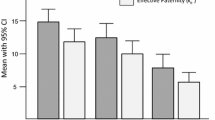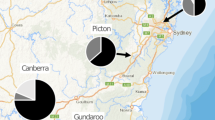Summary:
The mating frequency of females in social insects is particularly interesting, because polyandry reduces colony relatedness and increases within-colony genetic variance. It thereby affects a complex balance of benefits and costs that determine the degree of reproductive skew, sex allocation to offspring, or the opportunities for nepotism and policing strategies. Few systematic surveys of female mating frequencies exist and many are based on unreliable behavioural observation or sperm counts. Here, we report the results of a survey of mating frequencies in eight European Bombus spp. by means of highly polymorphic microsatellite loci. Only B. hypnorum was found to be multiply mated, while the pattern found in B. terrestris, B. lucorum, B. pratorum, B. lapidarius, B. sicheli, B. hortorum, and B. pascuorum was compatible with single mating. The findings are compatible with recent claims that, with some exceptions, mating frequencies of social insect females are generally low.
Similar content being viewed by others
Author information
Authors and Affiliations
Additional information
Received 5 August 1998; revised 21 May 1999; accepted 15 June 1999.
Rights and permissions
About this article
Cite this article
Schmid-Hempel, R., Schmid-Hempel, P. Female mating frequencies in Bombus spp. from Central Europe. Insectes soc. 47, 36–41 (2000). https://doi.org/10.1007/s000400050006
Issue Date:
DOI: https://doi.org/10.1007/s000400050006




